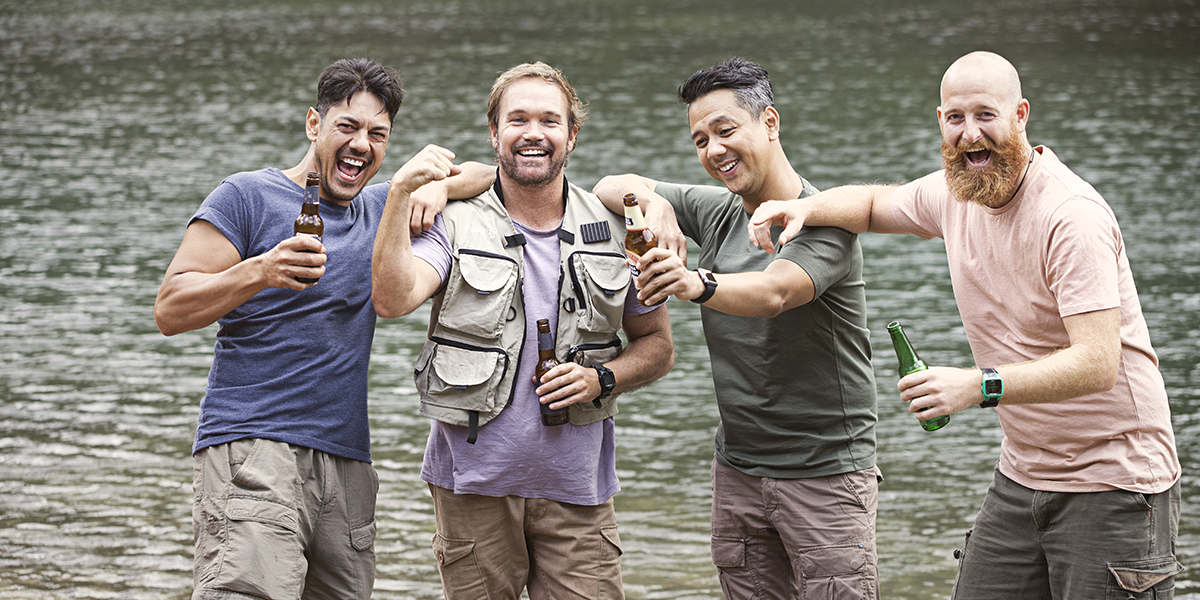 Alcohol affects everyone differently. This means no amount of alcohol can be said to be safe for everyone. Even small amounts of alcohol can affect behaviour and ability, increasing the risk of drowning.
Alcohol affects everyone differently. This means no amount of alcohol can be said to be safe for everyone. Even small amounts of alcohol can affect behaviour and ability, increasing the risk of drowning.
Alcohol can heighten the risk of drowning because it:
- Impairs judgement. Alcohol distorts the perception of risk and one’s abilities
- Increases risk-taking behaviour. Alcohol removes inhibitions
- Reduces coordination. Alcohol numbs the senses, particularly sight, sound and touch leading to unsteadiness and inability to climb or swim making it hard to get out of trouble
- Impairs reaction time. Alcohol is a depressant, reducing the rate the brain processes information. In water emergencies, where response times are vital, it can prove the difference between life and death
- Hypothermia. In cold situations, the body will attempt to draw blood away from the limbs and to the vital organs to prevent heat loss. Alcohol, however, prevents this and therefore increases the chance of hypothermia
Alcohol-related drowning deaths
23%
Of drowning deaths each year record a blood BAC ≥0.05%, on average
41
Of alcohol-related drowning deaths occur in rivers/creeks
Alcohol-related drowning is more likely to occur during public holidays compared with any other time of the year
More alcohol-related drowning deaths occurred in the evening and early morning compared to other times of the day
How to stay safe
- Do not enter water or go swimming if alcohol has been consumed
- Participate in aquatic activities before drinking alcohol and do not re-enter the water afterwards
- Do not consume alcohol if you are supervising children
- Avoid aquatic activity alone
- Avoid aquatic activity at night
- Avoid aquatic activity in conditions or environments that are unfamiliar to you
Unintentional falls into water
75%
Children aged 0 to 4 years
15%
People aged 65+ years
11%
Children aged 5 to 14 years
10%
Men aged 25 to 64 years
7%
Young people aged 15 to 24 years
